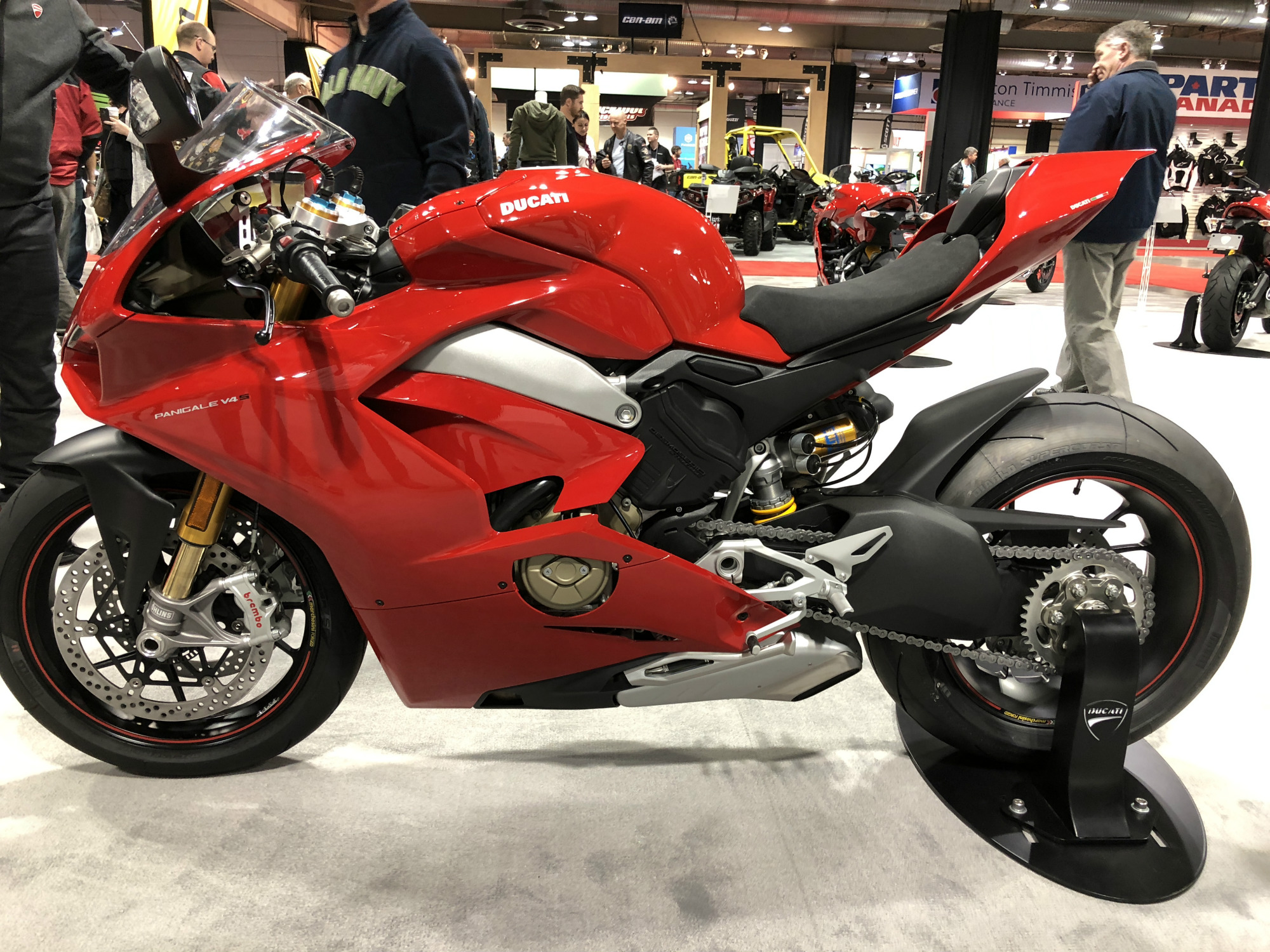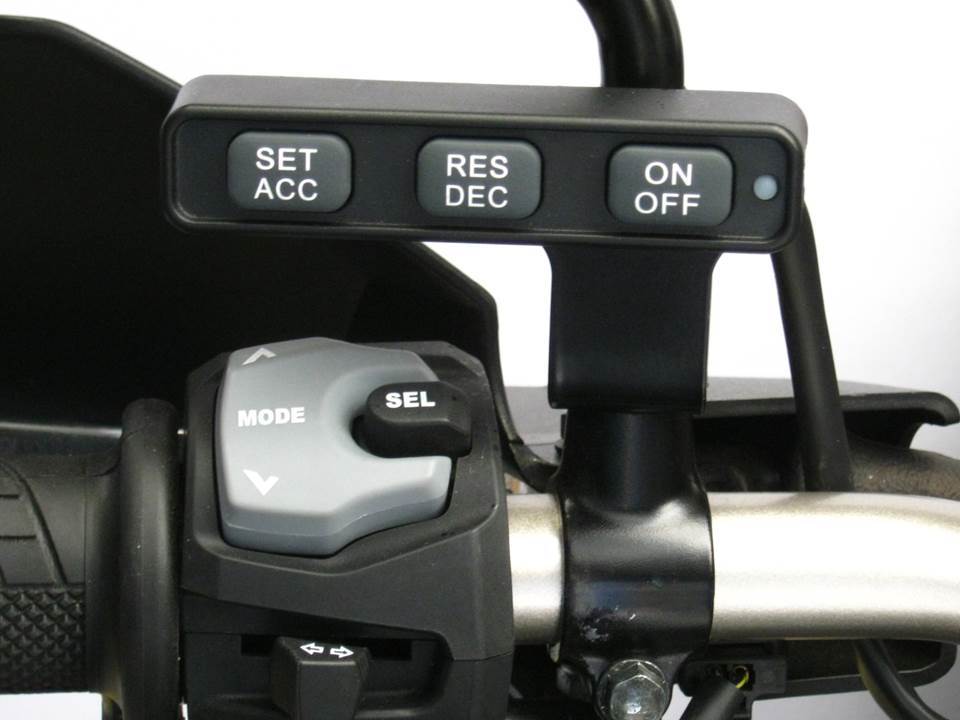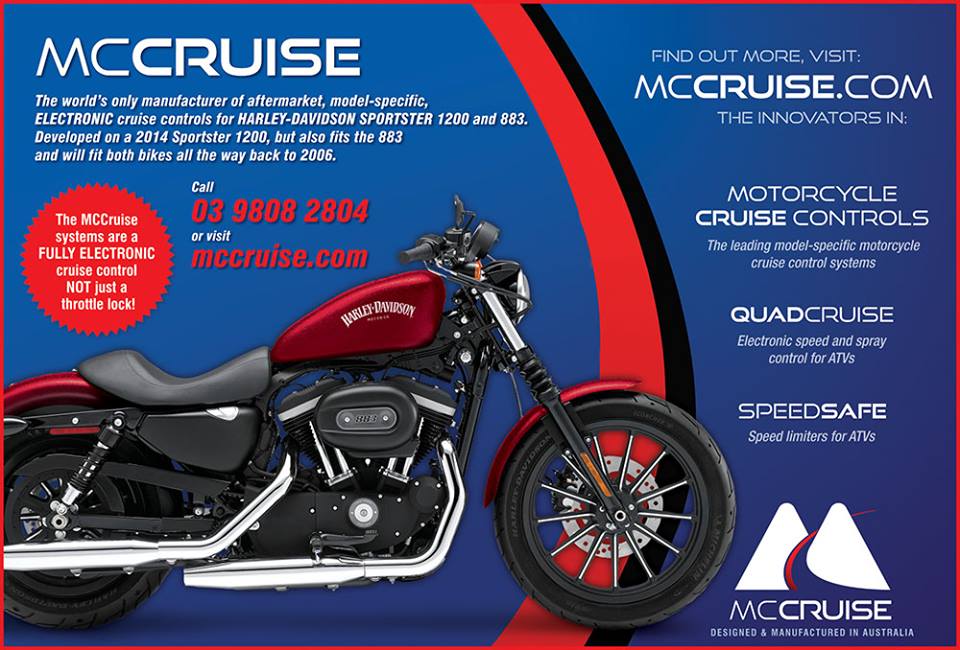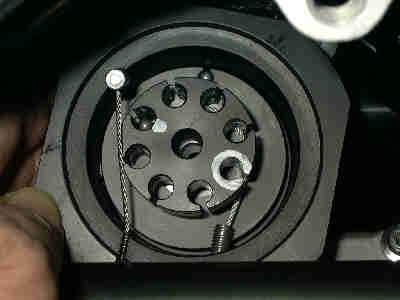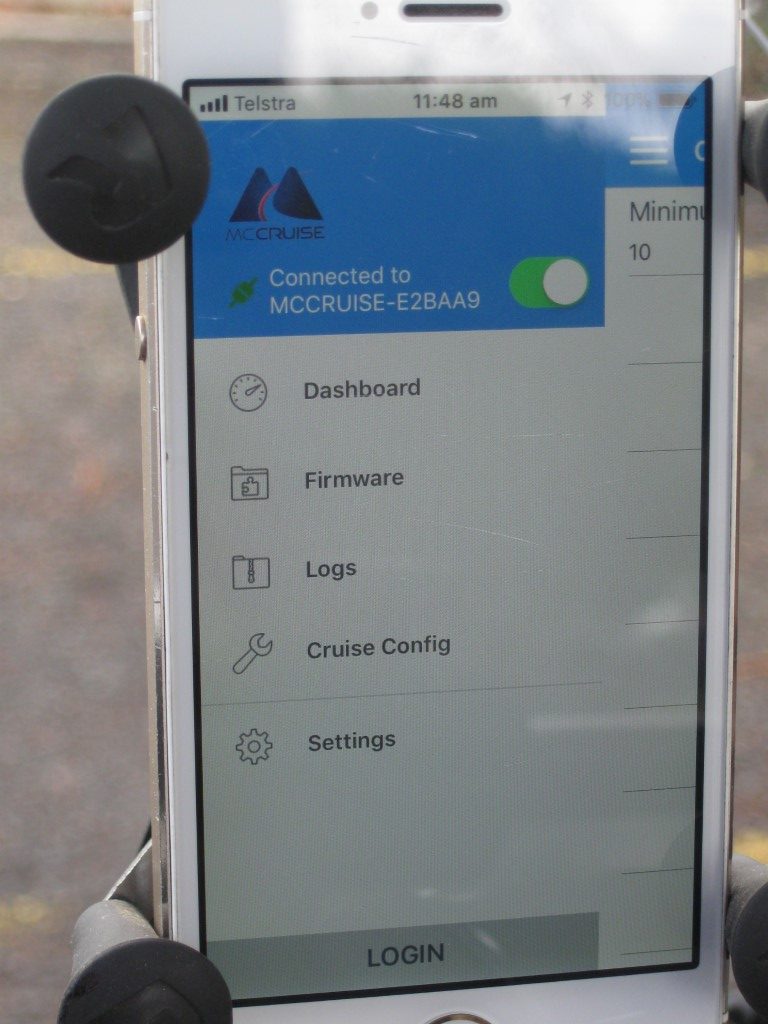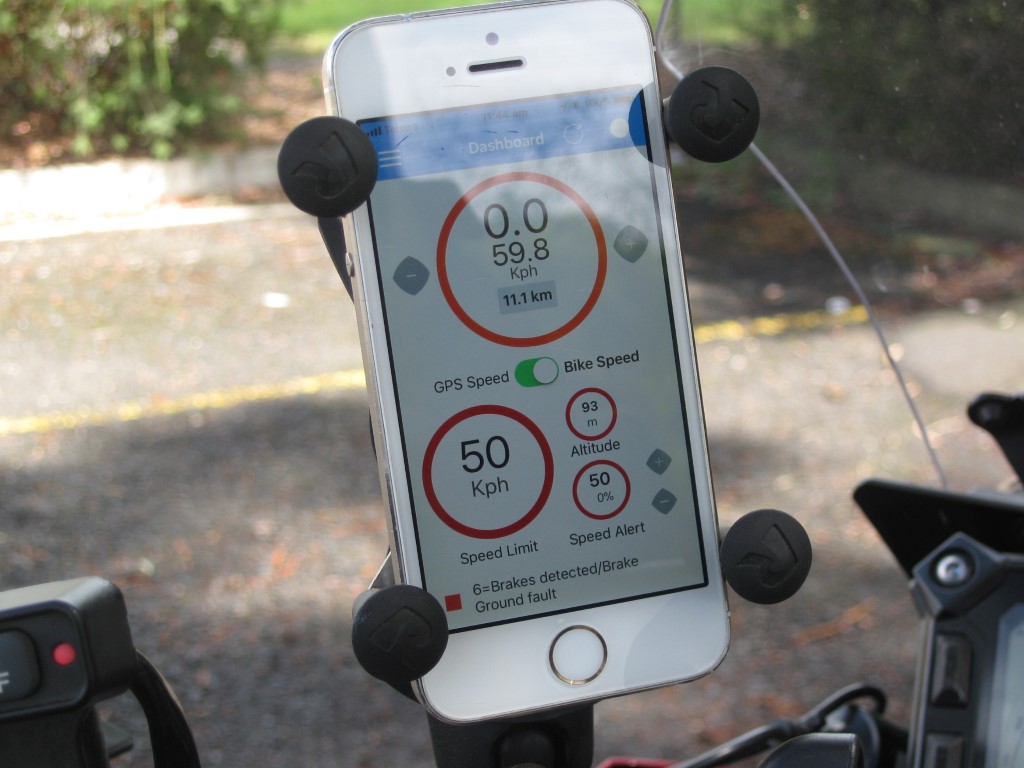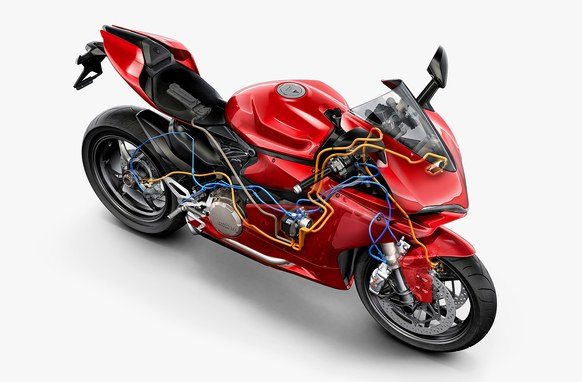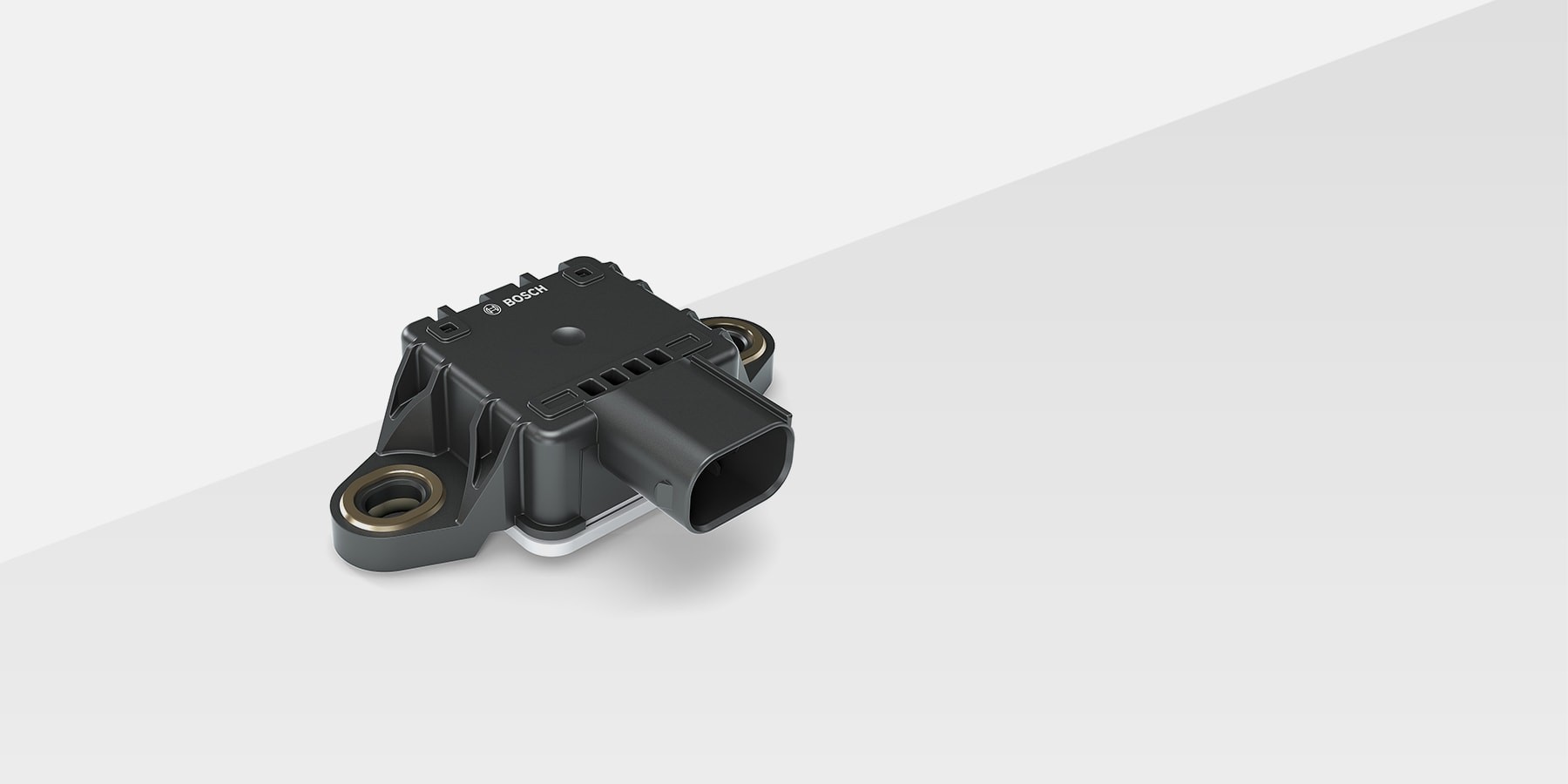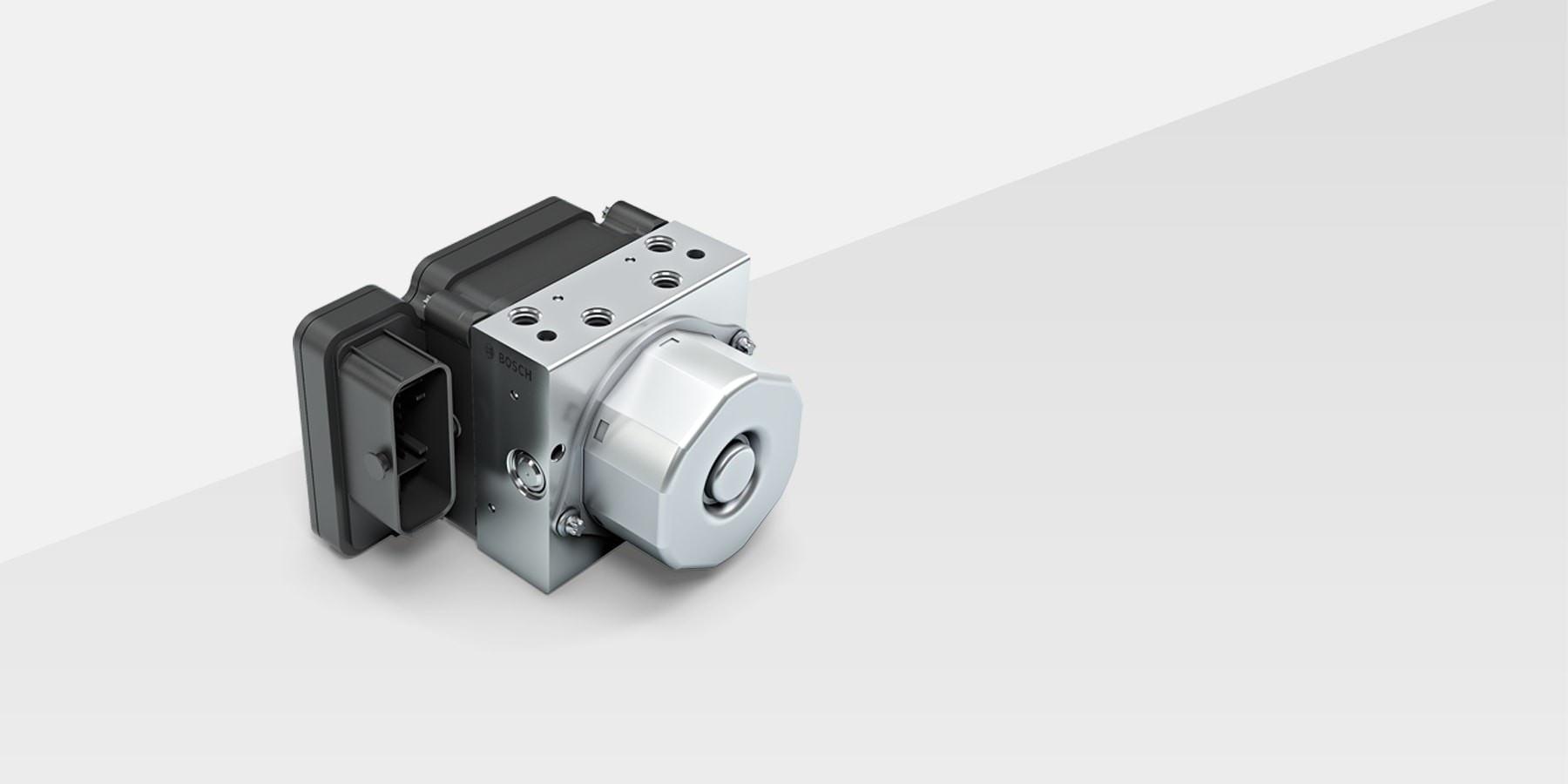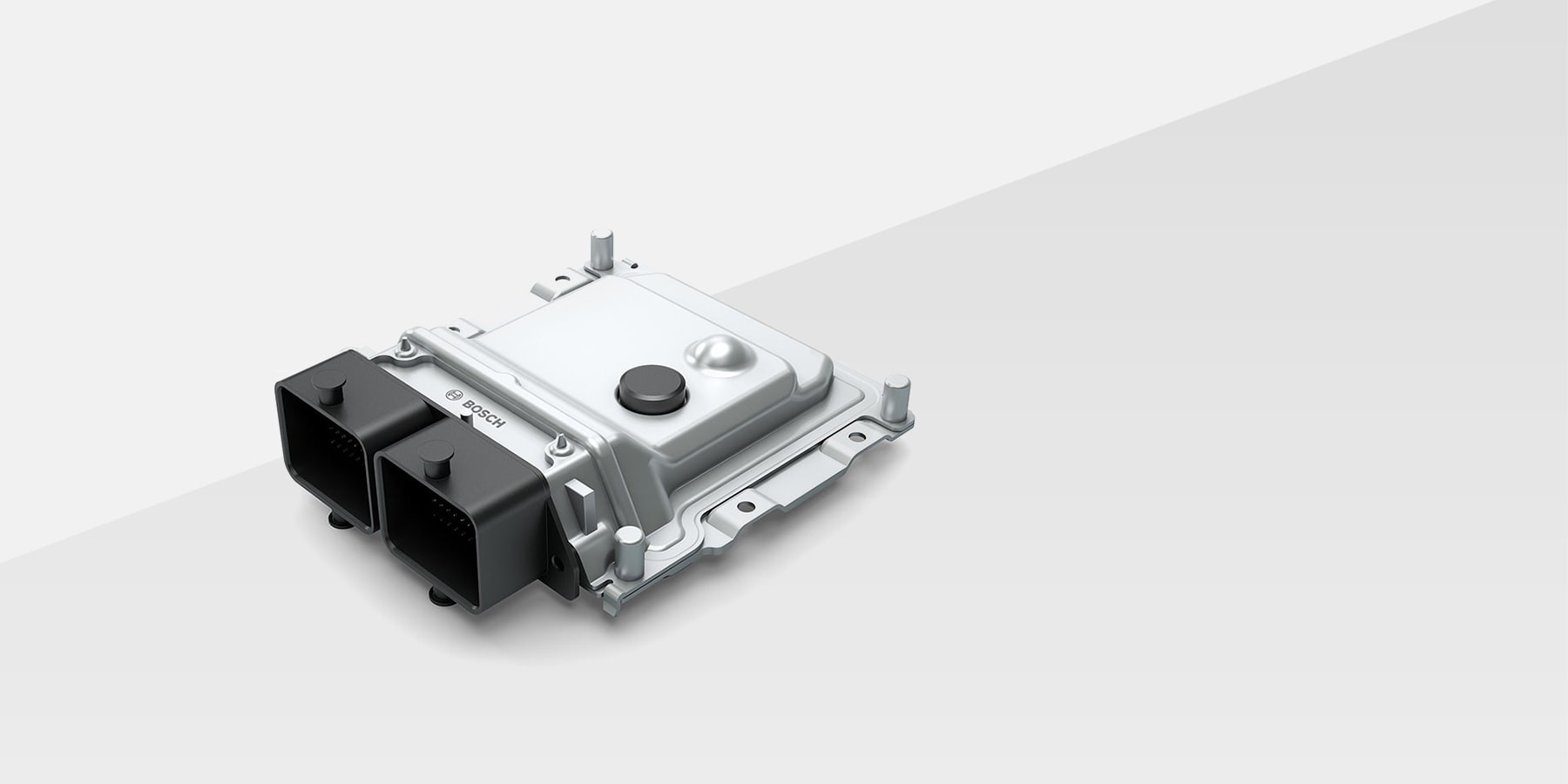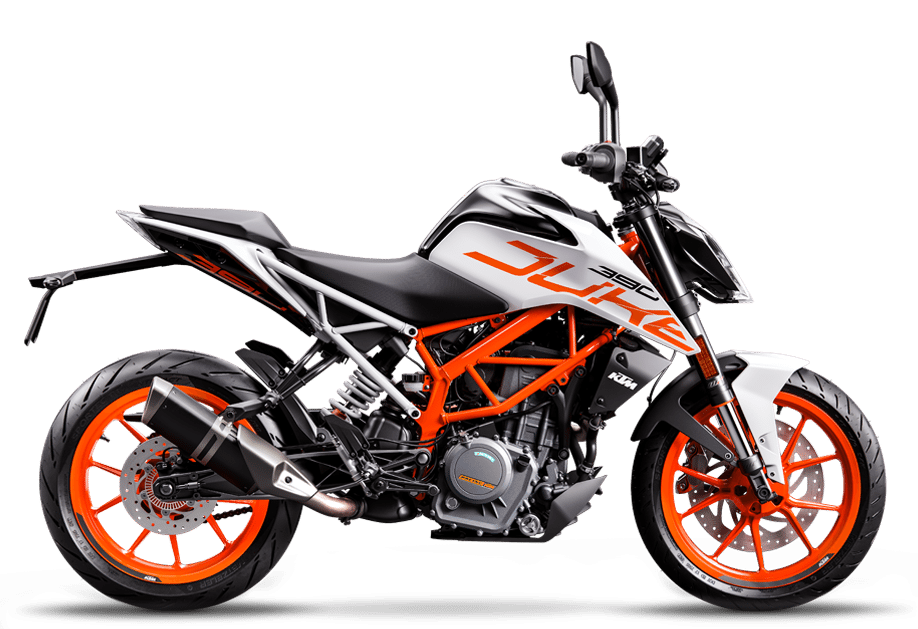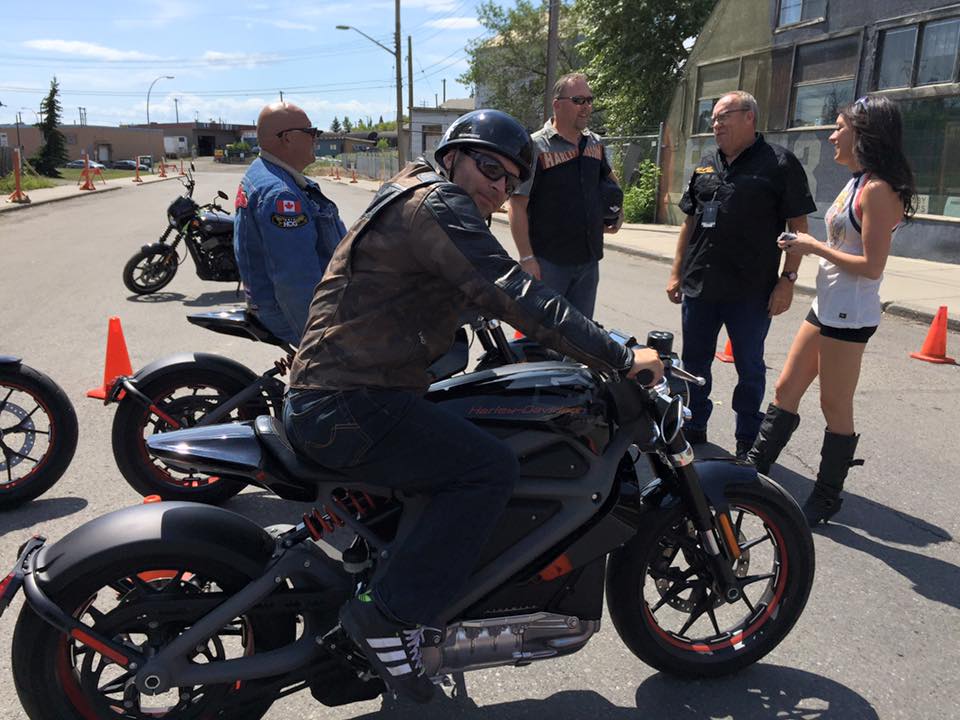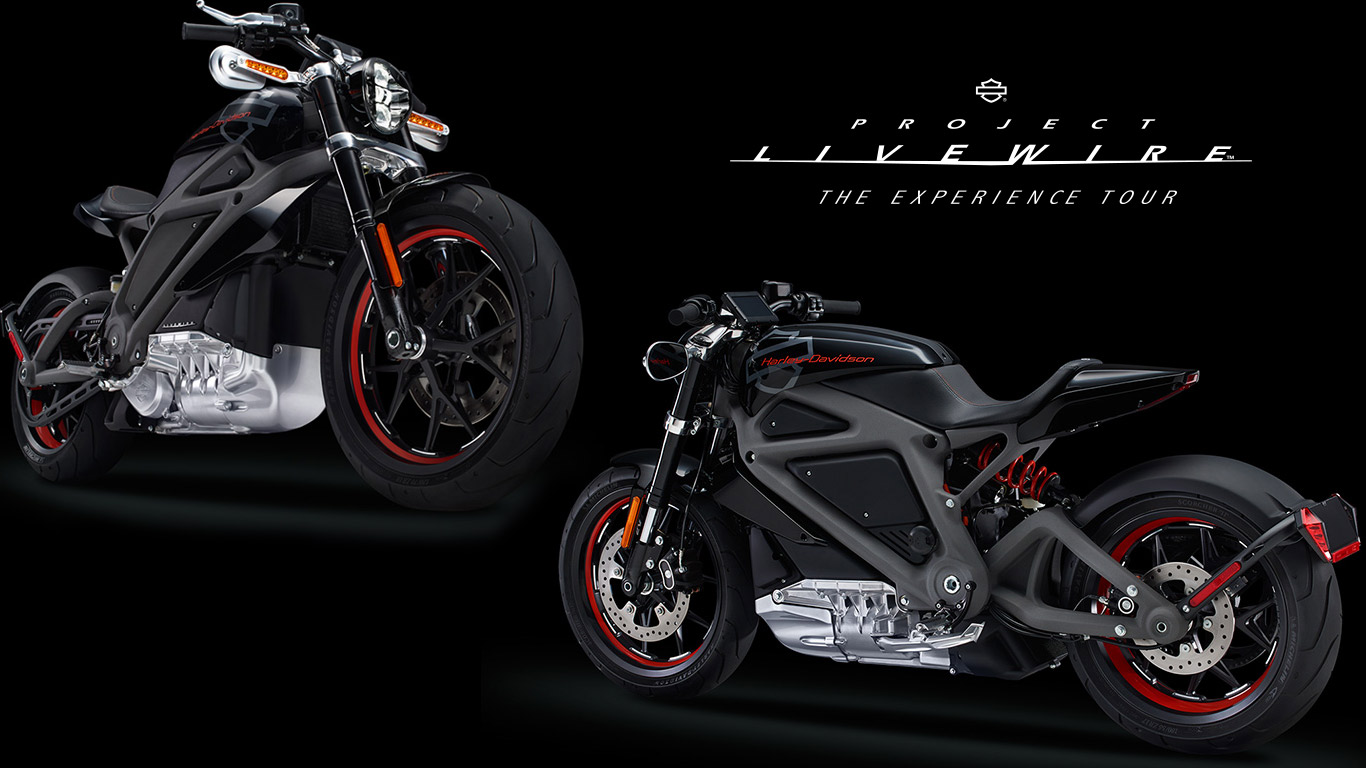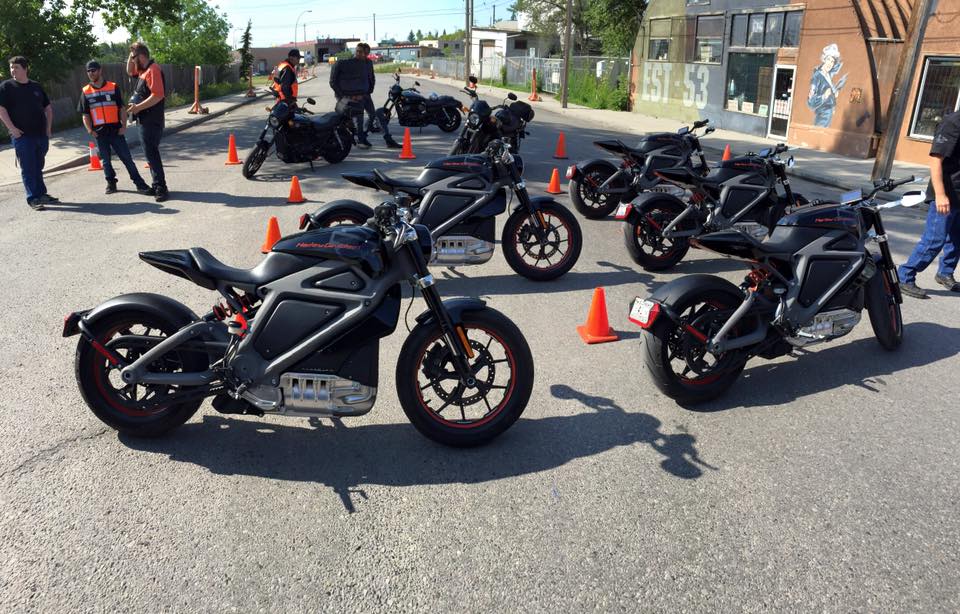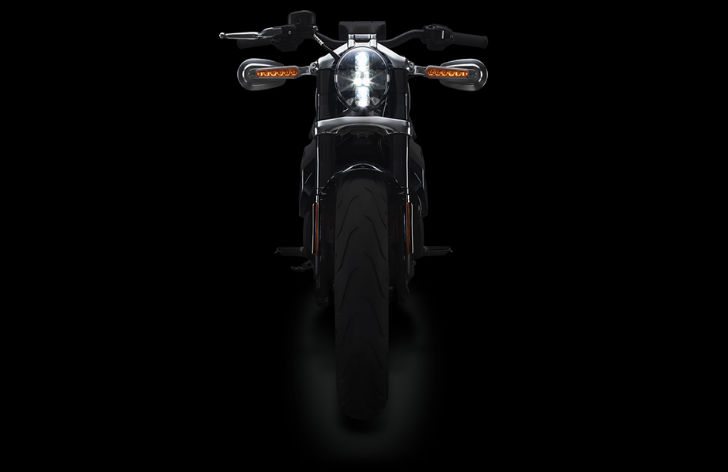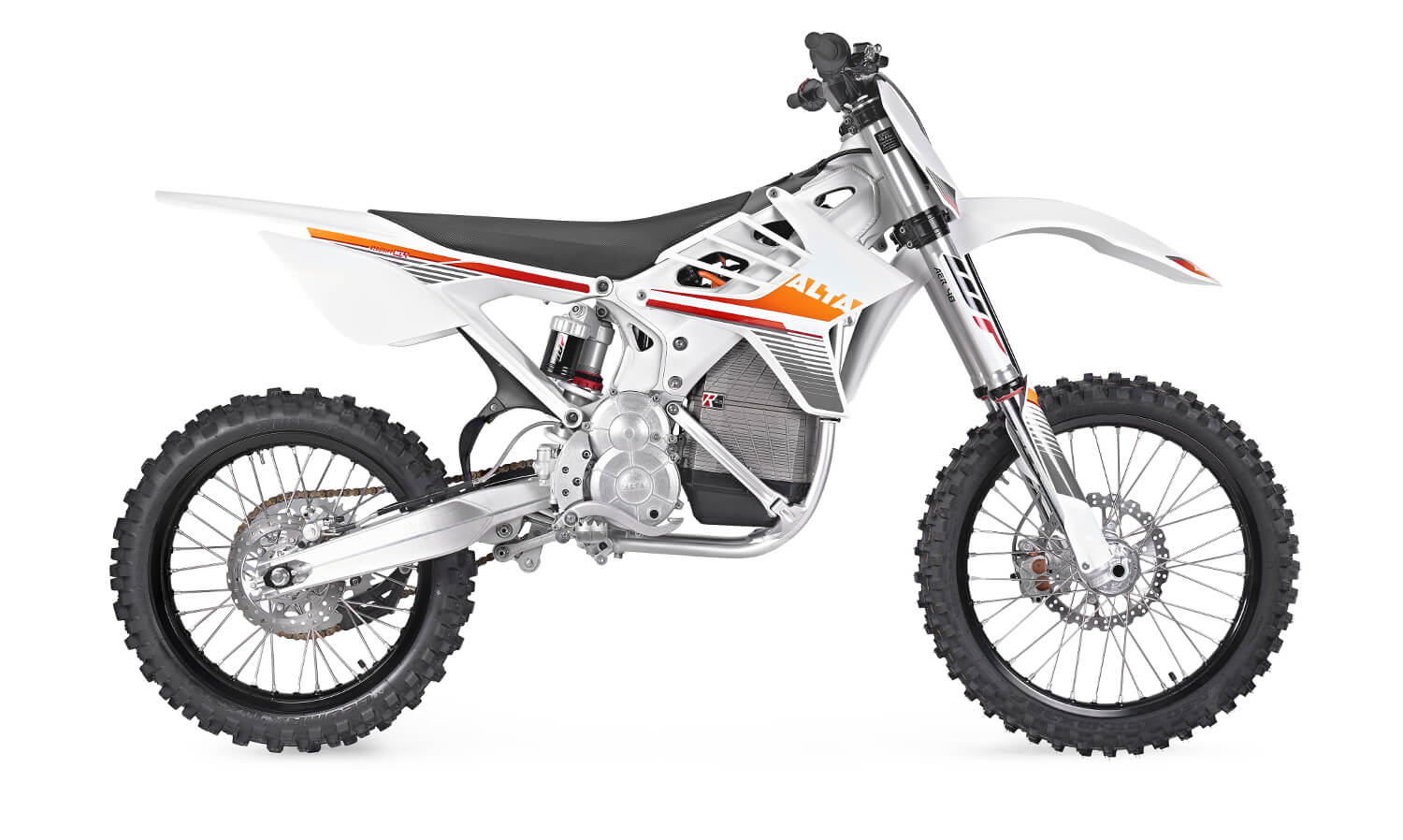Bob Dylan is Speaking To Me About Motorcycles
“Come writers and critics
Who prophesize with your pen
And keep your eyes wide
The chance won’t come again
And don’t speak too soon
For the wheel’s still in spin
And there’s no tellin’ who that it’s namin’
For the loser now will be later to win
For the times they are a-changin” – Bob Dylan
Exciting Times
There’s little doubt to me that these often misinterpreted lyrics from the legendary Bob Dylan are really referencing advances in motorcycling. “The wheel’s still in spin”? It’s obvious he was longing for a better day when bikes would be equipped with traction control!
Over the last few years. my eyes have been wide with wonder at the technology-infused motorcycles being rolled out by manufacturers. There’ll always be some insisting bikes should be manual transmission and carbureted, but for me and the rising new generation of riders, any advantage offered in more efficiently controlling our two-wheeled steeds is welcome.
It shouldn’t be hard to ride, it should be fun!
Manufacturers who choose to lag behind, trying to fight back the inevitable tide of progress rolling in, will be washed away from what I can tell.
It’s time to do a bit of prophesying with my pen… no, make that keyboard and share what I’ve noticed as three sure winners in the current market making riding easier, safer and better for all.
Motorcycle Cruise Control Technology
Last year I bid farewell to my 1999 Harley Davidson Ultra Classic and bought a 2014 KTM 1190 Adventure.
It was quite a drastic switch, and I doubt there are two more different motorcycles from a technological or performance perspective. The Harley had all the bells and whistles available in 1999, like a CB, AM/FM radio and cassette player – even boasted Harley’s first fuel injection system and the brand new Twin Cam 88 engine. Not too shabby really, but then there’s the Austrian orange wonder that is the 1190 to consider.
The 15 years younger KTM is at home off-road and on-road, a low flying rocket on the highway, has semi-active electronically controlled suspension, cornering ABS and 4 different ride modes. I think the only thing the two bikes have in common is a V twin engine design.
I prefer most everything about the KTM over the Harley except for two huge misses: the seat on the KTM is nearly as comfortable as a bed of broken glass after an hour of riding and much to my chagrin it’s not equipped with cruise control.
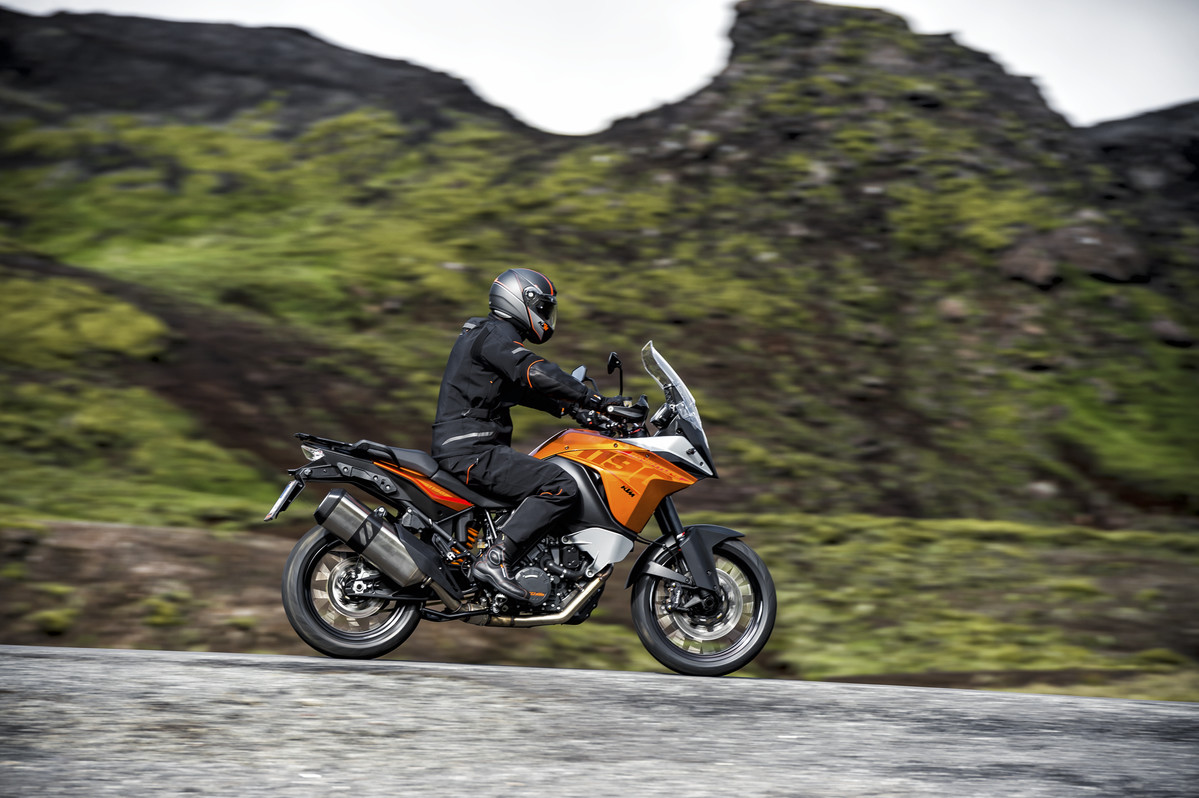
Cruise control is one of those things a person will rationalize away as nice to have, not a need to have… until it’s missing from their bike.
The cruise control on my Harley worked flawlessly, was heavenly on long trips and handy on short ones. It was a great way to focus more on road obstacles, avoid getting speeding tickets, gain greater fuel efficiency and ride longer between stops while staying fresh and alert. Those are significant benefits for anyone to enjoy, but most useful to people who have physical limitations or nerve damage and still live to ride.
Why Not Make it a Standard Option?
I find it irritating and perplexing not all bikes come equipped with it from the factory, but am cognizant of a couple of reasons. Namely increased cost and possible safety issues.
A relatively inexpensive cruise control unit from a car can be installed on a bike, but the linkage used to move the throttle actuator on a carb or injector body will have to work in tight quarters where the risk of having it hang up and stick open is dangerously high.
With the advent of throttle by wire technology on newer bikes, things changed, but the challenge still looms large of trying to adopt an automotive system to a bike it wasn’t designed for. Therefore a motorcycle-specific design is absolutely needed to ensure correct function and rider safety.
The Solution Came From “Down Under”
Enter a rider (and inventor) named Tony Guymer from Mount Waverley, Victoria, Australia. He was in a crash back in 1991 sustaining injuries making it difficult thereafter to grip a bike throttle for any length of time without experiencing numbness and pain. His solution to this problem was to install an automotive cruise control system on his Honda VFR750 to give his throttle hand a rest and prolong his riding career – with invaluable support from his brother Frank.
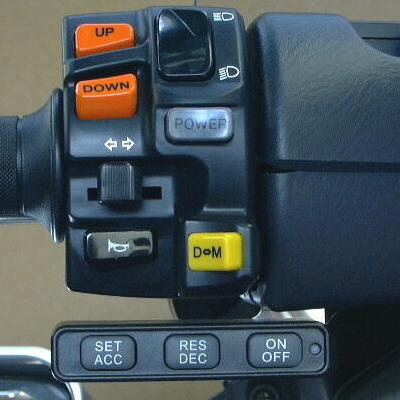
They succeeded after a few versions in building several different aftermarket kits to fit most any motorcycle on the road lacking a factory system, without needing any modifications. Plug and play at its finest and fully weatherproof.
They didn’t stop there either. They found a secondary market for the cruise systems in ATVs, Quads and even some kinds of farm equipment.
The aptly named Motorcycle Cruise Control system at first glance works exactly like the one on a car does. It can be manually turned on or off and a brake or clutch actuation will also cancel it.
This video shows MCCruise in action on board a Honda Africa Twin as filmed by YouTuber MEK On Tour. The Africa Twin is another awesome bike mysteriously lacking cruise control… why Honda? Why?
Not Your Average Cruise Control
What makes it safer is that the specially built cable interface unit (or CIU) can’t hang up on anything to potentially cause a runaway condition. Any unusually sudden acceleration or extremely high engine revving activates an automatic shut off, too. They really made the system with rider safety being priority one.
Throttle-By-Wire Cruise Control development
The advent of throttle-by-wire (TBW) in bikes and cars presented a major challenge: how to integrate aftermarket performance without compromising the inherent safety features of the factory system – and for an affordable price!
Accurate
This cruise control is incredibly accurate when it comes to maintaining a set speed. Documented testing by the Guymers of the throttle-by-wire system shows a variance of only +/- 0.014 kph or 0.0087 mph even when consistently riding over hilly terrain.
Statistics for the older CIU/electric servo systems are expected to be similar, but not collected and analyzed to date. The logging and analysis have only become possible recently with the advent of the MCCruise Bluetooth module discussed below.
BlueTooth Connectivity
The real science fiction part about the MCCruise I’ve left until last. I’m fairly certain the brothers’ actual last name is Stark and they have an Iron Man suit or two stashed somewhere in the workshop based on their tireless tinkering in the pursuit of improvement. The MCCruise has a self-diagnostic feature built in to let you know if there’s a problem before testing it on the road and even indicates what is wrong if it fails to engage or unexpectedly disengages.
The MCCruise Team (stands for MotorCycle Cruise – but everyone refers to it as ‘Mc’Cruise) has also been developing Bluetooth connectivity between the unit and Android/iPhones through an app which will be available on the Google Play Store.
Firmware Updates
The app will provide a couple of excellent features to owners not typical of cruise control – even in cars. The owner can use it to improve or add to the firmware of the cruise unit as upgrades become available over time, based on the Team’s relentless pursuit of excellence.
GPS Link
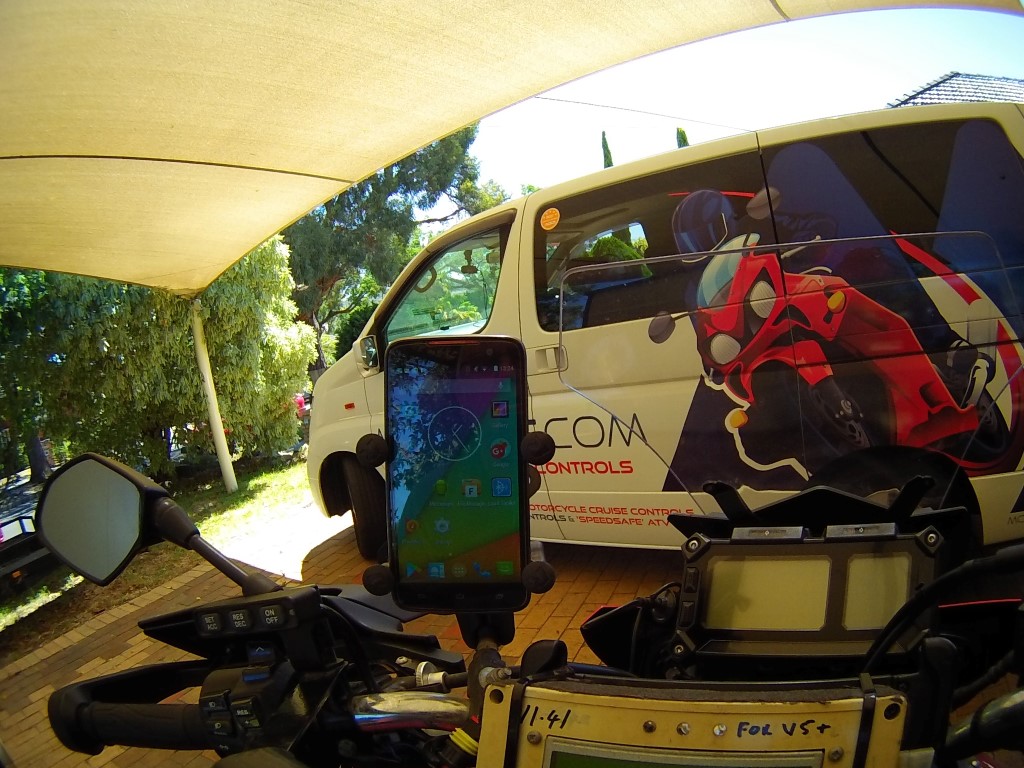
There’s also the ability to link the cruise control with your phone’s GPS apps. The brothers Guymer developed it initially to adjust the motorcycle’s speed automatically according to changing GPS speed limit data. After some further testing, they’ve been forced to change it to just warn the rider instead and leave the adjustment in human hands – until GPS is failsafe accurate in knowing the exact speed limit at any given location.
What’s On The Horizon for MCCruise?
I’ll be watching with great interest to see whether an adaptive cruise control version of the system is in the next evolution. Add a couple of proximity sensors and some reprogramming to MCCruise and it could work in conjunction with the Bosch Motorcycle Stability Control (MSC) system. Voila! More on that below in the next section of this article.
With Tony and Frank’s team on the case, the sky’s the limit.
Coming Soon a Test Ride of MCCruise By WBW
I’ll be installing the new MCCruise TBW system in the near future on my KTM 1190 Adventure. I can hardly wait for the snow to melt here to try it out on the street.
Next thing will be a new seat…
The TBW system costs about $600 USD once you factor in shipping, but varies a bit from bike to bike. If you’re considering buying one now is a great time considering there’s a 15% off offer in effect at the time of this writing.
Bosch Motorcycle Stability Control
Every rider has experienced at least one close call in their biking life. A time or two when they “rode one out” safely and cheated the Reaper Man, if you will. Those sobering moments teach the survivors a lot while others end up injured or worse.
New riders, in particular, are at risk as they learn how to brake and corner safely, but thanks to Bosch technology at least 26% of crashes (that happen while cornering) could be avoided on a bike equipped with their Motorcycle Stability Control system.
Bosch claims overall 41% of motorcycle crashes that result in injury could also be avoided if MSC was a standard feature on all bikes.
How It Works
Inertial Measurement Unit
MSC is essentially a very sophisticated Anti-lock Braking System with a twist. It keeps both wheels from locking up during hard braking as per standard ABS operation, but one big difference comes during emergency braking inside a corner. You know… when you aren’t supposed to be braking hard.
MSC allows you to break the unbreakable rules of braking.
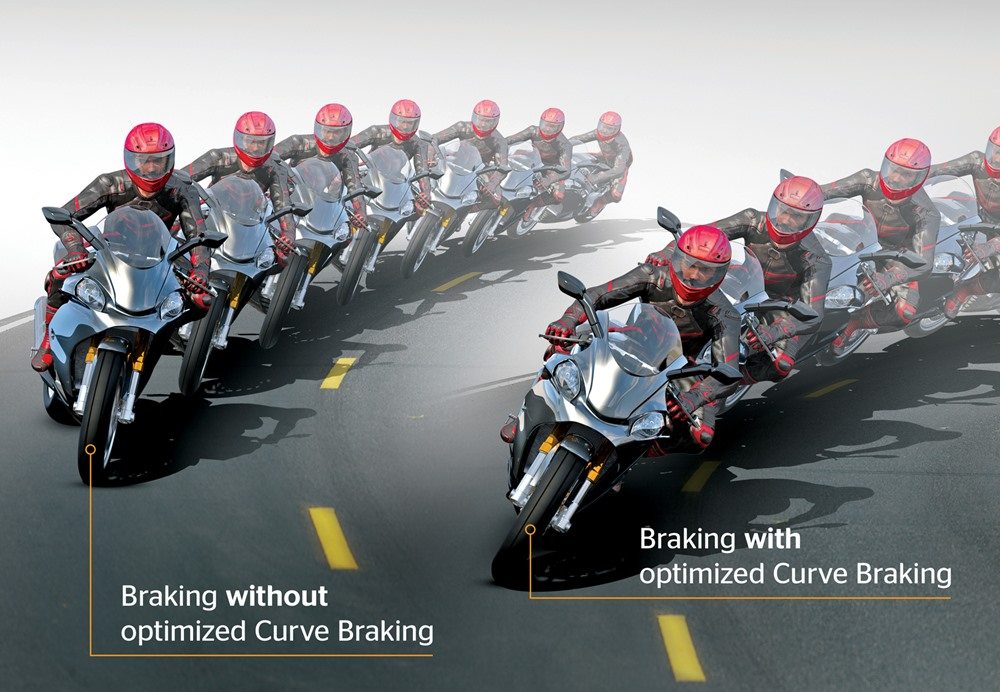
Regular ABS can only effectively function when the bike isn’t leaned over past 20 degrees or it’ll lose traction and the bike will fall over low side or possibly buck and loop out. With MSC it will still function leaned all the way over to a 45-degree angle and what’s more the bike won’t tend to stand up in the turn or lift the rear wheel off the road thanks to the high tech wizardry of the MSC Hydraulic Control Unit.
It can perfectly sense and modulate braking pressure separately or together in the front and rear brake circuits faster than the blink of an eye. Additionally, it can provide a Combined Braking effect where even if just the front brake lever is squeezed the system is so smart that it’ll apply the rear brakes as well. Perfect braking every time.
Hydraulic Control Unit
If either the front or rear wheel starts to lock up or lose traction while cornering the Inertial Measurement unit will sense the angle of the lean, the acceleration forces and tell the Hydraulic control module how to adjust braking pressure appropriately to keep the bike upright and heading straight ahead. Wow!
Check it out in this video showing the MSC in action during some sloppy corner braking maneuvers.
Engine Torque Control
Engine Control Unit
All that advanced braking control isn’t the end of MSC though. It also features a module to monitor and control engine torque output to the rear wheel when things get out of control. Meaning if you whack open the throttle on a wet road and the rear end starts coming around to pass the front, just as you’re about to lose control MSC will dial back the torque smoothly enough to straighten things out again. This is basically a type of traction control and undoubtedly could save lives.
Other MSC Add-Ons
On the newest Ducati bikes like the 1260 Multistrada not only will you find MSC, but Traction Control and Wheelie Control too. Both are accomplished using the Engine Control Unit maximizing efficient transfer of engine power to the rear wheel. That’s how to keep the front wheel on the ground and the rear wheel from spinning. It’ll launch harder off the line and accelerate smoother and faster, even if you are sloppy or crude with the throttle.
Laying down big, black snake patterns in a cloud of white tire smoke or lifting the front wheel on takeoff looks very cool but is, in reality, all show and no go. Smooth isn’t flashy, but it is fast.
Here is a video that puts it all together nicely to illustrate what this new tech offers:
Available to New Riders?
Bosch created this technology bearing any rider in mind, in the hope it would eventually get installed on all bikes to better reach those who need it most: learners. Introduced back in 2014, MSC has been embraced by BMW, KTM, and Ducati thus far. Unfortunately, the only bike made by any of the three suitable for a learner with MSC equipped is the KTM 390 Duke, to my knowledge. That’s part of the reason I’m so high on recommending the little Duke as an ideal starting machine.
MSC Your Unseen Guardian Angel
I wouldn’t say it’s impossible to crash a bike with MSC on it, but it is harder. The real beauty of the system is that a rider won’t even know it’s working since it doesn’t interfere with everyday riding enjoyment. It only springs into action when the rider screws up.
Harley Davidson Electric Motorcycle Announcement
Are You Experienced?
“Have you ever been experienced?
Well, I have” – Jimi Hendrix
Many people don’t realize Jimi Hendrix was actually singing about a day far in the future when we could test ride the electric Harley Davidson Livewire prototype. The bike was rolled out originally as an experiment back about 4 years ago.
The Project Livewire experience wasn’t overly psychedelic by Jimi’s standards, but it toured all over giving most anyone with a bike license the opportunity to try something completely different and new from the iconic American builder.
The Ride
The photo above is of me taking my turn on it 3 years ago on a beautiful August day. I was beyond impressed with the instant access to 52-foot lbs of torque and 74 horsepower offered in such a lightweight Harley weighing only 460 lbs.
It had excellent braking and laser-precise steering, feeling every bit a sportbike to me in the city and on the highway too. The mirrors were completely useless and looked like they had been taken out of the clearance parts bin and thrown on the Livewire as an afterthought. Overall though, it was quite a handsome bike and a blast to ride.
I popped a wheelie with it across the first intersection I took off from and grinned widely while listening to the distinct “exhaust note” of this all-electric motorcycle. Harley had purposely installed a completely unneeded pinion gear set in the driveline just to give the Livewire a voice.
I would describe it as a cross between a frog croaking and tea kettle boiling. It reminded me of the Jetson’s family car sound as well. Without it, the bike would have been mute and that would never fit in with the all-important Harley Davidson culture of style and sound.
My ride was cut short to a 15 minute one mostly because of the meagre 50-mile range of the battery pack. It was a Livewire alright, but not much of a “Longwire”.
I left the demo that day excited to hear the news there was already enough interest in the bike that Harley had decided to produce a better version scheduled for release in 3 to 4 years. The Livewire Tour reps told me the timeline would hinge on being able to offer at least a 100-mile range before needing a battery recharge.
Check out Revzilla’s review of the Livewire in this video:
Here’s another from Cycle World that focused on the thinking behind the development process. I would imagine much of it will transfer over into the new Livewire too.
All Good Things In Time
So I waited a long time with only the wallpaper background image on my laptop of the Livewire to enjoy. I really started to wonder if anything new ever would come despite the growing success of other electric motorcycle companies like Zero and Energica.
Finally! On January 31, 2018, word came down from Harley headquarters the new bike will be here in 18 short months. Details are extremely scarce as Harley always demands with any new model roll out and with this exciting prospect I’m sure nothing will get out to the media before they’re good and ready.
Why Do It, Harley?
I like this move from HD and fully applaud their bravery in leaving their comfort zone. They’ve been stagnant for too long. If they don’t make a bold and innovative move into the EV market I’m afraid they may just wither away in time. The old school cruiser look they’re famous for isn’t playing well with new riders and neither are the high prices for heavy bikes with air-cooled engines.
Good for Learners?
This electric bike could really be a boon for them making inroads with young, new riders who may not want to learn how to use a clutch and shift gears. Electric bikes need no clutch and have no gears (other than those used to make superfluous sounds). You just twist the throttle and off you go: it’s simple and easy to learn to ride.
Range and Pricing
If it comes with a decent amount of range above 180 miles it will be a standout too. Zero has bikes that will get 200 miles in the city already so I doubt HD has any choice but to match or beat that somehow. Perhaps it will come in the form of the first hybrid motorcycle design?
Electric bikes aren’t cheap to build and price point will again be a challenge for Harley to overcome too when it comes to market penetration.
The Zero bikes start around $10,000 USD and get up close to $14,000 not including necessary accessories to charge the batteries quickly. If HD can sell theirs for less AND put their unique brand of styling and marketing genius into it… they really might have something good on their hands.
Perhaps all the delay, research, and development will pay off in the end. Wouldn’t it be mind-blowing if against all odds it’s Harley Davidson, the brand so many haters describe as an ancient relic, unreliable and technologically backward who comes along to claim the crown of the electric class?
Impossible you say? Still not convinced Harley is going “whole HOG” into electrics? Oh yeah?
How Will They Do It?
The Livewire was designed in cooperation with Mission Motors which isn’t in the picture anymore.
No problem though, because on March 1, 2018, Harley Davidson President and CEO Matt Levatich made public some exciting news. HD has purchased an equity share in Brisbane, California based electric motorcycle builder Alta Motors. Currently, Alta only produces electric dirt bikes and supermotos, but the plan going forward is for them to build TWO bikes with Harley over the next ten years.
Alta Motors make some of the most cutting-edge electric bikes on the market today, so Harley has brilliantly tied the knot with the electric motorcycle market’s Prom Queen.
This power pack and Alta’s team of engineers and designers are what Harley needs to have an impact with their electric bikes. Alta makes the smallest, lightest (66 lbs) and most energy dense power pack available that will put out 5.8 kWh and 350V max. Full recharge time is 3 hours with a standard 120V outlet and only 1.5 hrs on a 240V system. Wow.
The motor Alta builds weighs 15 lbs, makes 40 horsepower and 36 ft-lbs of torque on its own. Combine it with a 3.5:1 reduction gear case, however, and it will put 122 ft lbs of torque to the ground. Double wow!
Now we’re talking. Those numbers sound a lot like the kind of torque any red-blooded Harley Davidson aficionado is used to throwing around.
Exciting times indeed my friends. 2019 can’t come fast enough for me when we’ll actually get to see what might be called the Livewire and possibly with an all-new drive system labelled the HD – Revelation. Harley just applied for a patent with the US Trademark and Patents office for that name after all.
I’m only guessing what will roll out of the factory at the end of course, but this sure looks promising for Harley and for our riders.

